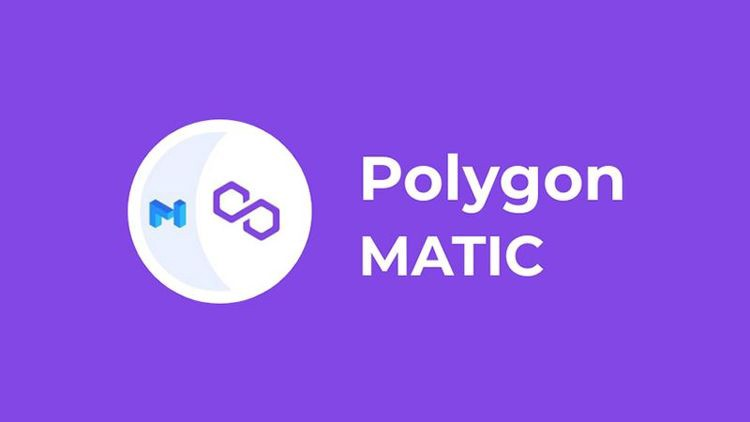What do You need to Know to Get Started with Polygon (MATIC)?
Polygon is a scaling solution that was originally known as the Matic Network. Its goal is to give many methods to enhance the speed of transactions on blockchain networks while also reducing the cost of such transactions and the complexity involved.
Ethereum, a platform that is home to a variety of decentralized apps, is at the core of Polygon’s concept. These applications include ones that allow users to join virtual worlds, play games, purchase artwork, and take part in a variety of financial activities. The fact that there is so much activity on Ethereum’s blockchain, however, has virtually made the platform useless since the cost of transmission is increasing and there is a growing backlog of traffic.

Enter Polygon. In a nutshell, Polygon markets itself as a layer-2 network, which indicates that it functions as an add-on layer to Ethereum and does not intend to replace the original blockchain layer. In other words, Polygon is not trying to reinvent the blockchain. Polygon, like the physical form that it was named after, has numerous sides, many shapes, and different functions. It also provides a simpler foundation for the construction of linked networks.
Polygon has the goal of assisting Ethereum is growing in terms of scale, security, efficiency, and utility. Additionally, the company intends to encourage developers to bring more appealing products to market quickly.
Following the renaming, Polygon continued to use the MATIC cryptocurrency, which is the digital token that serves as the basis for the network. When members of a network communicate with one another, the MATIC cryptocurrency serves as the unit of payment and settlement for such transactions.
How does the polygon program function?
Polygon is a multi-level platform with the goal of scaling Ethereum owing to a multitude of sidechains, each of which attempts to unclog with the main network in a way that is both effective and cost-efficient. Polygon’s primary goal is to grow Ethereum.
Sidechains, for those of you who are new to the term, are individual blockchains that are connected to the main Ethereum blockchain. Sidechains are useful in that they enable many of the Decentralized Finance (DeFi) protocols that are accessible in Ethereum.
As a result, it is possible to compare Polygon to other networks that compete with it, such as Polkadot, Cosmos, and Avalanche.
Architecture
The software development kit (SDK) that is used to construct Ethereum-compatible decentralized apps as sidechains and link them to the main blockchain of the network is located at the center of the Polygon network.
It is possible to create sidechains by using any one of the following scalable techniques of construction:
Plasma Chains are a way of grouping several transactions into a single submission on the Ethereum blockchain. These transactions are bundled into blocks.
Roll-ups
This feature allows for the consolidation of numerous transactions into a single transaction.
Optimistic Rollups are quite similar to Plasma Chains, but in addition to that, they have the capacity to scale Ethereum smart contracts.
Polygon’s main chain is a Proof-of-Stake (PoS) sidechain. Participants in the network may stake MATIC tokens in order to verify transactions and vote on network updates.
Quick reminder: MATIC price prediction 2030 can help you understand if this cryptocurrency is worth investing in. You can increase your chances of profiting from cryptocurrencies with safemoon price prediction and other digital currencies. But remember that predictions are always predictions.

